For some years, Indonesia has been the world’s most significant exporter of living coral for aquariums. To protect marine flora and fauna, the regulations there governing the trade in such items have been steadily tightened up in line with the Washington Convention on the International Trade in Endangered Species. Nevertheless, to be able to meet the growing demand for coral, Amblard decided at the end of the 1990s to create its own coral farm in Indonesia working in conjunction with the company’s biologist, Vincent Chalias. It is now reportedly one of the largest such farms in the world, using methods of cultivation that enable it to develop cuttings marketed under the registered brand name “Lombok Frags”. The aim was to develop a method by means of which the corals could reproduce themselves. To facilitate this, the company attempts to cultivate mother colonies prior to the start of production. In this process, the base of the coral is mounted on a type of “table” and acts as a mother colony, from which pieces can be used in turn as cuttings for production. The “table” accommodating the seedlings is then immersed in the sea. In contrast to electrolysis and pool cultivation, the technique of cultivating coral in the sea is environmentally friendly and makes it possible to involve the indigenous population in managing the production sites, according to Amblard. Prior to “seeding” of the cuttings, the mother colony is acclimatized to its new marine environment – the specific light conditions, water quality and current – for at least ten days to a month. All the “tables” are numbered and the cuttings recorded in a register, to facilitate monitoring according to type and production site. As in the aquarium, algae are the main enemy of coral propagation. Considerable differences can be detected depending on location, current and depth: with a stronger current and greater depth, the cultivation cycle progresses more quickly, reducing the care involved. After the first month, when filamentous and surface algae start to develop, these have to be removed at regular intervals. The corals are moved to a different “table” every three months, to enable the “tables” to be cleaned.
These corals are ready for export.
Each type of coral has different requirements. A location is thus needed that meets these requirements, to ensure that the corals develop the desired shapes and colours. To achieve the optimum combination of the most favourable conditions for all types…

 Menü
Menü

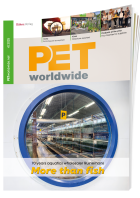



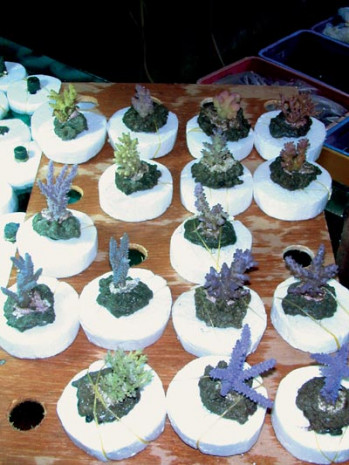

 4/2002
4/2002
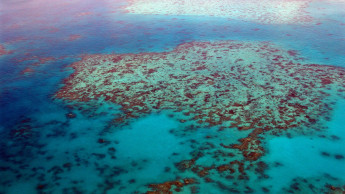
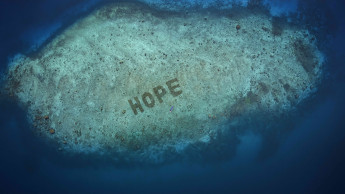
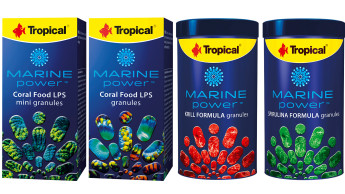

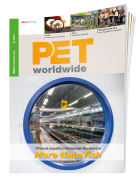
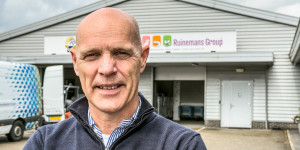
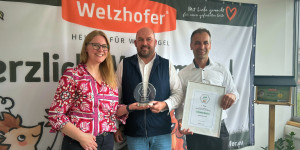
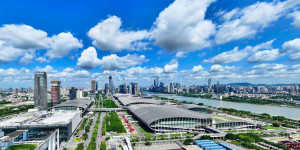

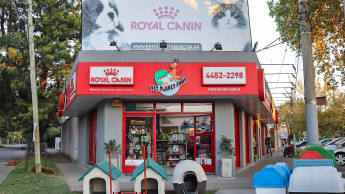
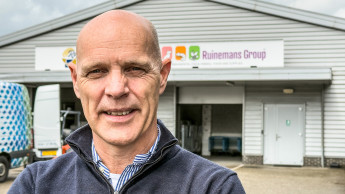
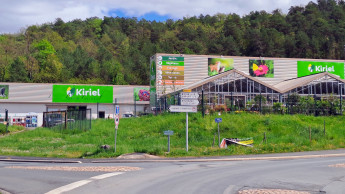
 Newsletter
Newsletter